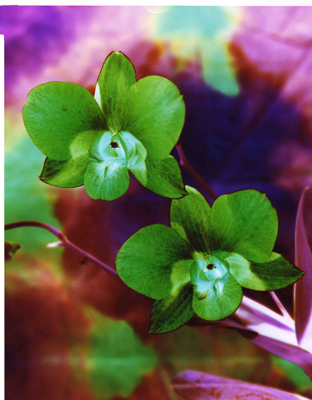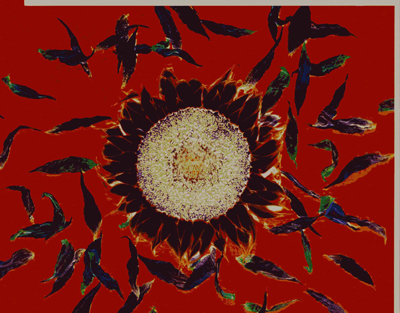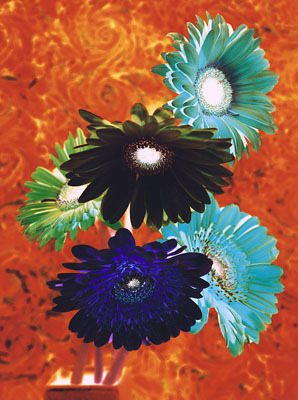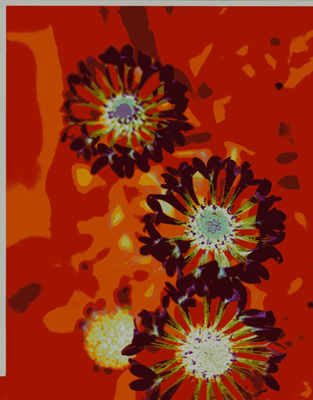Blog Author Richard Newman
Gustave Flaubert, the French author and thinker once said, “A work of art is never finished, it’s merely abandoned.” Let that one sink in for a while.
How many of us are artists? Let’s see a show of hands. How do you know when the piece you are working on is done? If you’re a painter, when have you applied enough color and texture to achieve your vision? If you are painting by numbers it’s easy to know when you’re done because you have filled in all the lines with the colors the company told you to use. I don’t think those of you reading this fit into a "color-by-numbers" school.
I feel that in any artist’s early development there is a period when outright copying and imitating the work of a hero is fair game. The same is true in athletics. We study, we watch, we mimic, we copy and we grow. But, when it comes time to create our own body of work, it is important to know when a piece of art is done. To speak about this photographically, let’s look at one classic image, Ansel Adams’ Moonrise, Hernandez, New Mexico. As Ansel’s skill level and vision changed over the years, so did the way he printed that image and other negatives in the darkroom. The materials he was working with also changed, thus allowing him to expand his vision and change the look of the final product. In his early prints the sky was light in tone. In the prints made later in his life, the sky was nearly black. Think about that. One of the most successful photographers of the 20th century keeps revisiting one of his iconic negatives and totally changing the appearance of the final product. That is almost unheard of. Ansel also owned one of the first Apple computers, and I can only imagine how this image and the rest of his photography would have grown if he had the opportunity to explore digital technology.
So, when is a work of art done? I think a few of the indicators above can be an integral part of the creative process. Materials and technology change. Does that mean the artist’s vision and ideas mature and change as well? I don’t think there is a simple or easy answer or solution to this. Some artists' visions are so strong and their paths so clear, that it’s “damn the torpedoes” and “full steam ahead.” Other artists are constantly looking for new techniques and methods. David Hockney is a prime example. Hockney has been a chameleon artist since his beginnings. From making beautiful landscapes out of SX-70 film to his groundbreaking book Secret Knowledge, Hockney has been a true artist in transition.
Artists, including photographers, have an opportunity and a responsibility to reflect back to the world what they perceive. It’s kind of fun because nobody actually knows what you are seeing until you share it. If you are stuck in your creative process, you need more practice looking at things. It doesn’t mean you don’t have any talent, and it doesn’t mean you are not a unique and special person. It simply means that you are not working hard enough on your art.
Here’s my challenge: think of an object that is familiar to you. Let’s say a dog. Do an Internet search and see how many different types of dogs there are and how people/artists represent those dogs. There, I’ve opened the door. Now, go out and gain some confidence in your photographic vision and then follow it. I started this blog questioning how you determine when a work of art is complete. The first step in knowing when something is “done” is knowing in your heart that this is the best you can possibly do.
For images this month I’m including some of my botanical studies, which aren’t done . . . only beginning.


